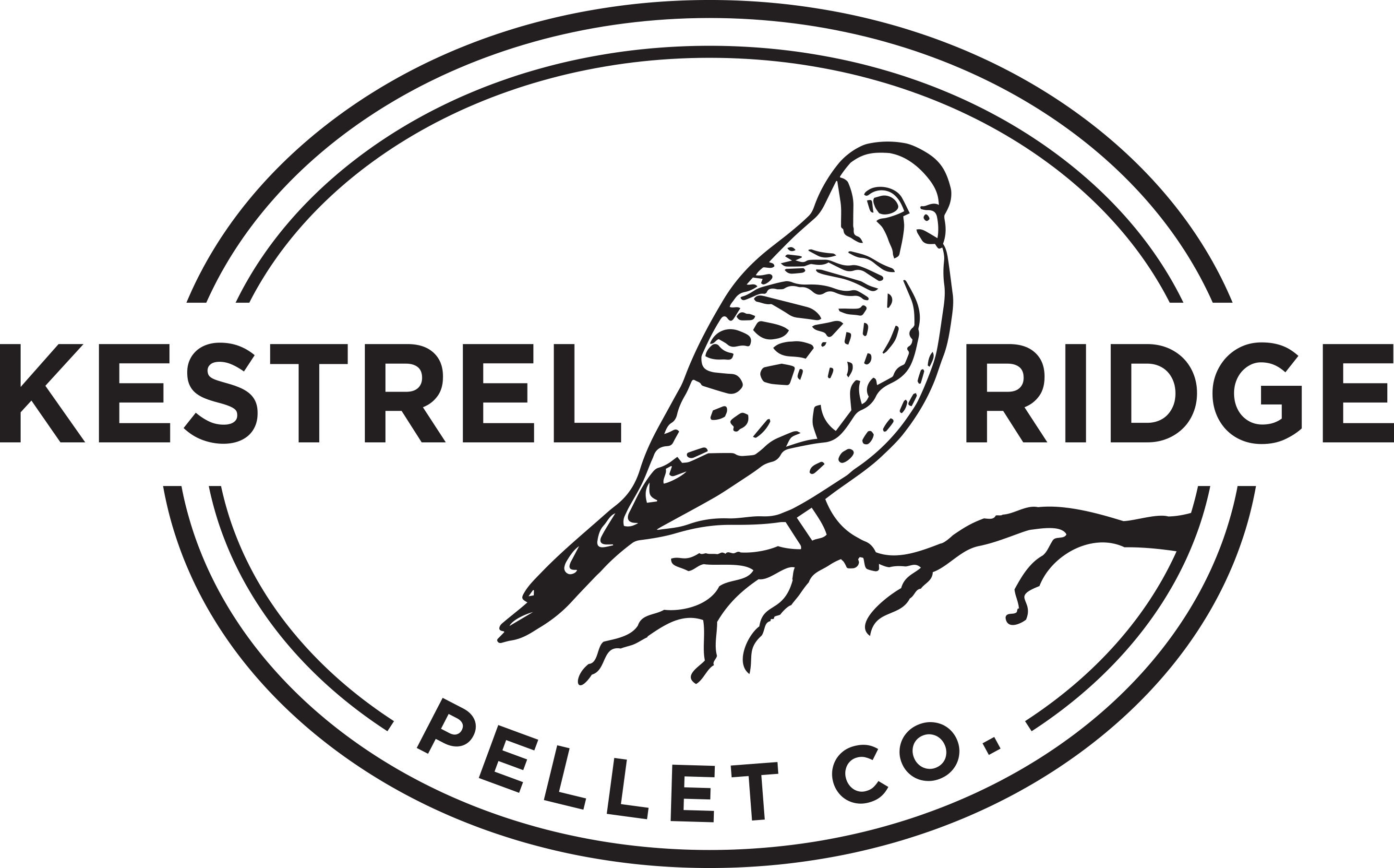Wool pellets are made from 100% sheep wool and are a simple, yet effective natural fertilizer for your garden. They have grown in popularity in the past few years and for good reason. Wool pellets have many beneficial properties that are found in synthetic fertilizers and soil amendments, BUT they are an all natural, environmentally friendly alternative that utilizes a waste stream in the wool industry. Wool pellets can nourish plants of all sizes and purposes. Here I'll break down claim by claim on how exactly how wool pellets work in your garden.

Since we pelletize raw sheep wool, lanolin is still very much present in wool pellets. Lanolin is the natural oil that sheep produce that coats wool fibers and helps wool pellets retain water until the plant is ready to use it. When you add wool pellets to your soil and add water, you will see their water holding capacity in action. Ultimately, this helps conserve water by reducing how frequently you need to water and helps your soil maintain temperature and moisture. This is especially beneficial in times of drought and when starting seeds indoors.
We have conducted trials and found that our wool pellets hold a little over 3 times their weight in water. Check out our Instagram reel of one of these trials! If the wool were to be cleaned before pelleting, most of its lanolin would be washed away and wool pellets would not be as effective at holding moisture.

In addition to water holding capacity, wool pellets also contain nitrogen, potassium, and other micronutrients that are slowly released and essential for plant growth and health. Wool is made up of the protein keratin, which is the same protein that makes up our hair and fingernails. Keratin has nitrogen, sulfur, and carbon in its chemical make up. Nitrogen is what feeds the plants and sulfur helps with the nitrogen uptake of plants. Additionally, carbon is crucial for soil structure, nutrient uptake, and healthy microbial activity. Wool also contains potassium derived from ash, or the the inorganic residue left after organic matter and water is removed. Potassium is associated with the movement of water, nutrients, and carbohydrates through the plant tissue. All of these nutrients are found in raw wool, so no additives are necessary when making wool pellets!
Our wool pellets have an NPK value of 8-0-4. This means they have 8% nitrogen, 0% phosphorous, and 4% potassium. The release curve of these nutrients is constant - wool pellets start releasing nutrients as soon as their introduced to soil and continue to do so as they biodegrade over the course of 6 months. Below is a nutrient analysis of our wool pellets tested at a certified agricultural testing laboratory.


An individual fiber of wool has a barb-like structure (it looks like fish scales overlapping) which slugs hate to crawl across. Wool will also dry up the slug's mucus membrane on their underbelly, so they'll avoid your tasty plants. To repel slugs and snails, mulch a 6-inch radius around your plants with wool pellets, water, and it will create a mat of wool that the slugs don't like. I've gotten customer feedback that this method helps keep squirrels out of your garden too!

Wool pellets expand and contract with moisture, so when they biodegrade, they create air pockets in the soil. This helps increase the oxygen and nutrient uptake to the plant roots.

Since wool is a natural fiber, continuously grown as sheep harvest sunlight and forages, it biodegrades readily in the soil. We pelletize the sheep wool, not only for easier application in the garden, but also so the soil microbes can break down the pellets in faster which releases the beneficial nutrients into the soil quicker and can increase your soil porosity too.

Wool pellets are made entirely from a natural and renewable, yet underutilized resource, sheep wool. Typically sheep are sheared (their form of a hair cut) once a year in the spring right before lambing. Their wool continuously grows throughout the year and they need to to be sheared not only to harvest this remarkable fiber but also for animal health reasons.
We source our wool from a local sheep shearing crew right down the road from us, so all the wool we use to make our wool pellets comes from within a 200-mile radius of our ranch based in south central Nebraska. Sourcing local wool reduces our carbon footprint associated with transportation and keeps money in the surrounding rural economies. We also use compostable packaging to keep our product as sustainable as possible.

We pelletize raw sheep wool to make the wool easier to apply to your soil. Also by pelletizing wool it reduces storage space, releases nutrients into your soil faster, kills seed heads, and doesn't impede root development. If you want to read more about why we pelletize the wool instead of just using a raw wool fleece, check out this blog post.
You don't need a lot of wool pellets to make a difference in your harvest. For optimum results, you only need 2-5% of the soil volume to be wool pellets. This equates to about 1/2 cup per gallon of soil or about 1 pound per 10 sq. ft. of garden. Just mix the recommended amount of wool pellets into your soil, focusing on the top 3-6 inches, and let the wool work its magic! Yes it's honestly that simple and easy! Learn more on how to use wool pellets here.
If you're ready to join the wonderful world of wool pellets for your garden, you can purchase them on our website, krpelletco.com. We are able to ship throughout the US. If you are outside of the US, please contact us and we can get you a list of wool pellet manufacturers in your country.
Happy gardening!
Megan 🖤

